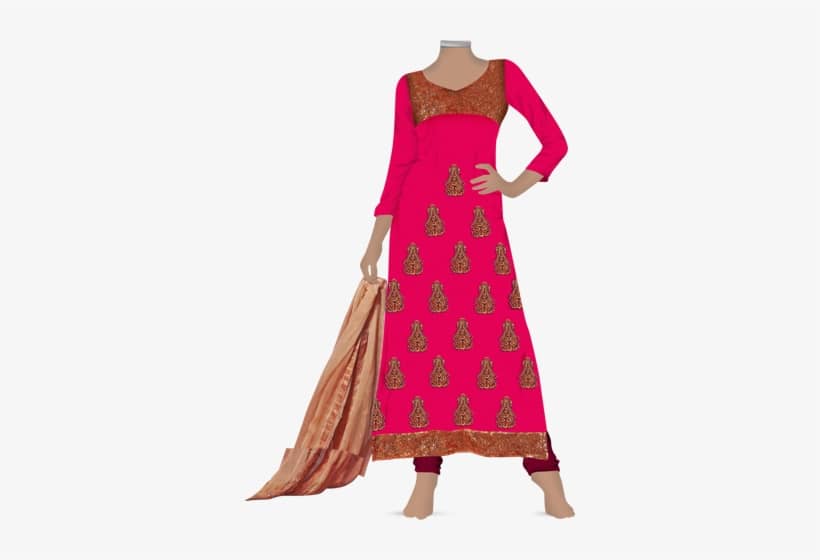Tailor Perth: Phenomenal Tailoring for a Perfectly Fitted Wardrobe
Tailor Perth: Phenomenal Tailoring for a Perfectly Fitted Wardrobe
Blog Article
Understanding the Tailoring Refine: From Fabric Option to Last Suitable for the Suitable Wardrobe
The customizing process is a complex interplay of art and science, starting with the critical decision of material choice and culminating in the specific adjustments of final fittings. Each fabric kind brings one-of-a-kind qualities that affect not only the aesthetic allure yet additionally the garment's long life and viability for numerous celebrations.
Value of Fabric Selection
Picking the best textile is critical in the customizing process, as it straight influences the comfort, toughness, and total aesthetic of the final garment (tailor perth). The choice of textile sets the structure for the garment's design, functionality, and efficiency. Various textiles possess one-of-a-kind residential or commercial properties, such as stretch, weight, and breathability, which can significantly impact just how the garment drapes and fits the body
Furthermore, fabric selection influences the garment's durability and convenience of treatment. High-grade materials can withstand deterioration, preserving their appearance and framework in time, while lower-quality products might cause pilling or fading. Additionally, the right fabric contributes to the garment's capability to shift throughout occasions and seasons, consequently improving adaptability.
A customized piece made from a suitable fabric not just showcases workmanship yet also raises the wearer's confidence. Subsequently, comprehending the nuances of material option is paramount for any customizing venture. It guarantees that the end product not just fulfills the aesthetic desires of the customer yet also lines up with functional needs, thereby attaining a harmonious equilibrium between type and feature in the tailored closet.
Kinds of Fabrics and Their Usages
Recognizing the numerous kinds of fabrics available is important for making educated choices throughout the customizing process. Each fabric possesses one-of-a-kind characteristics that determine its viability for specific garments and celebrations.
Cotton, known for its breathability and gentleness, is suitable for casual wear and summertime clothing. Its adaptability enables it to be tailored right into everything from t-shirts to outfits. Wool, on the various other hand, is preferred for its warmth and framework, making it a superb selection for official fits and outerwear - tailor perth. Its all-natural flexibility helps garments keep form over time.
Silk shows deluxe and is light-weight, making it excellent for eveningwear and delicate blouses; nevertheless, it requires careful handling due to its delicacy. Bed linen, with its textured finish, is a popular choice for warm climates, offering a airy and crisp feel, but it wrinkles quickly, which may impact the garment's look.
Artificial materials, such as polyester and nylon, offer toughness and resistance to creases, making them appropriate for daily wear and energetic clothing. Recognizing these fabric types and their buildings permits better decision-making, making sure that each tailored item not just fits well however also lines up with the desired function and occasion.
The Tailoring Techniques Explained
The art of customizing depends on a variety of strategies that transform material right into well-fitted garments. Central to this procedure is pattern composing, where a dressmaker creates layouts based on the customer's measurements and preferred style. This preliminary step guarantees that the garment will fit the wearer correctly before any cutting happens.
As soon as patterns are established, reducing techniques enter play. Accuracy is vital as inaccuracies can lead to misfitting garments. Tailors often make use of various cutting techniques, such as single-layer reducing for detailed styles and multiple-layer reducing for efficiency on standard patterns.
Basting is an additional vital strategy, permitting dressmakers to momentarily stitch textile assemble for a preliminary fitting. This technique offers the possibility to examine the drape and total silhouette before final sewing.
Seaming strategies, including flat-felled seams and French joints, improve the garment's toughness and aesthetic charm. Tailors additionally use strategies such as interfacing and extra padding to provide structure and form to particular areas, like collars and shoulders.
Last basics but not least, finishing techniques, including hemming and edge finishing, make certain the garment's longevity while offering a polished look. With each other, these strategies develop the backbone of reliable tailoring, causing exquisite, tailor-made garments.
Suitable Modifications and Factors To Consider

Key factors to consider consist of the shoulder fit, which needs to neither droop nor restrict movement, and the sleeve size, which ought to enable comfy arm movement while preserving a refined look. Furthermore, adjustments at the waistline can refine the shape, with options to allow out or absorb fabric as needed.
The rise of pants is another important variable; it needs to sit comfortably above the hips without creating pain, permitting ease of motion. Hemming sizes for both trousers and skirts ought to show the user's preferred style while respecting proportions.

Maintaining Your Tailored Attire
Always follow the care tag guidelines, which may advise completely dry cleansing for delicate textiles or maker cleaning for even more long lasting products. Avoid frequent laundering, as this can wear down the material and alter the garment's shape.
Storage is equally essential; usage cushioned wall mounts for coats and coats to keep shoulder framework, and store trousers folded neatly or hung to protect against creasing. Safeguard garments from straight sunlight, which can fade shades and damage fibers.
Furthermore, periodic evaluations for minor repair work can avoid larger issues. Check for loose switches, tearing seams, or indications of moth damage, resolving these troubles immediately to maintain the garment's honesty.
Finally, consider seasonal rotation. Wearing customized items in moderation enables fabrics to recuperate, expanding their life expectancy. By executing these maintenance strategies, you can make certain that your tailored garments remain as immaculate as the More hints day you first wore them, enhancing your excellent closet for many years to find.
Verdict
The tailoring procedure, encompassing fabric selection, proficient techniques, and precise fitting changes, plays an important duty in developing garments that enhance both convenience and style. Each stage adds to the general efficiency of the end product, making sure that clothing not only fits well but additionally shows private identity. Moreover, understanding the significance of maintenance prolongs the life of customized garments, strengthening their worth in a well-curated wardrobe. An extensive method to customizing finishes in a confident and sleek look.
Choosing the right fabric is crucial in the customizing process, as it straight affects the comfort, toughness, and total visual of the final garment. The choice of fabric establishes the foundation for the garment's performance, performance, and design. Different fabrics have special residential or commercial properties, such as breathability, weight, and stretch, which can dramatically impact how the garment drapes and fits the body.
The art of tailoring depends on a variety of methods that transform textile into well-fitted garments.The tailoring procedure, including material choice, experienced methods, and accurate fitting adjustments, plays a vital function in creating click for more info garments that boost both convenience and design.
Report this page